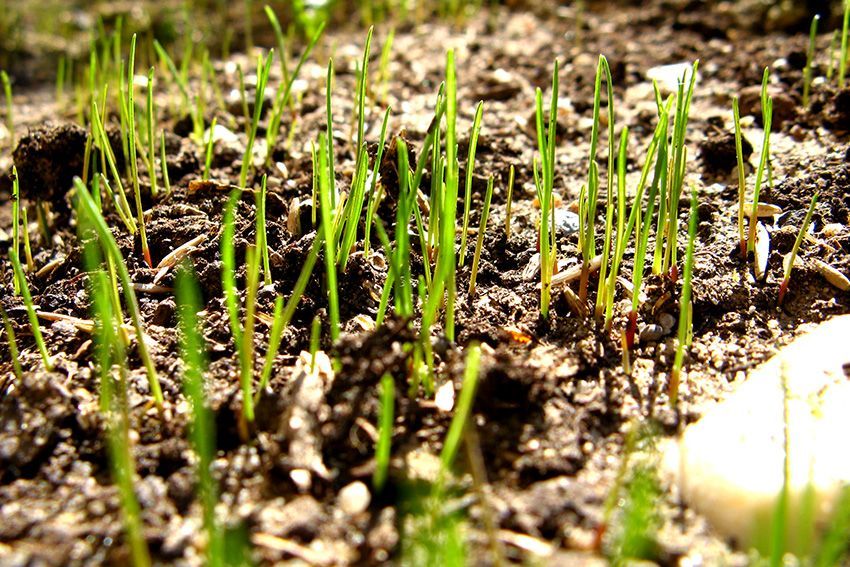Professional Lawn Planting
Explore the benefits of hydroseeding and sod installation for rapid and effective lawn transformation. Hydroseeding offers a cost-efficient solution for large areas and sloped terrains, promising quick germination and growth within weeks. At the same time, sod installation provides an instant green lawn with minimal initial upkeep. Whether combating erosion, seeking immediate aesthetic enhancement, or renovating a weedy lawn, each method delivers distinct advantages tailored to your landscaping needs. Choose the right approach to achieve a lush, vibrant lawn that complements your outdoor space. G & G Landscaping Construction, Inc. in Columbus, NJ, can be reached at 609-298-4175.


Hydroseeding
Hydroseeding Advantages
- IF YOU ARE PLANTING A RELATIVELY LARGE AREA, HYDROSEEDING CAN BE COMPLETED IN A VERY SHORT TIME.
- HYDROSEEDING CAN BE VERY EFFECTIVE FOR HILLSIDES AND SLOPING LAWNS TO HELP WITH EROSION CONTROL AND QUICK PLANTING.
- HYDROSEEDING WILL TYPICALLY COST LESS THAN PLANTING SOD BUT MORE THAN REGULAR SEEDING.
- RESULTS ARE OFTEN QUICK, WITH HIGH GERMINATION RATES PRODUCING GRASS GROWTH IN ABOUT A WEEK AND MOWING MAINTENANCE BEGINNING AROUND 3–4 WEEKS FROM THE DATE OF APPLICATION. FIBER MULCH ACCELERATES THE GROWING PROCESS BY MAINTAINING MOISTURE AROUND THE SEEDS, THEREBY INCREASING GERMINATION.
Planting With Sod
Sod Advantages
- SOD IS RELATIVELY EASY TO INSTALL AND CAN BE PLANTED IN A MATTER OF HOURS.
- OTHER THAN CONSTANT WATERING, SOD NEEDS VERY LITTLE CARE TO ESTABLISH.
- SOD CAN GIVE YOU INSTANT RESULTS IN CREATING A GREEN LAWN WITHIN HOURS.
- SOD CAN BE PLANTED IN ALMOST ANY SEASON.
- IF YOU ARE RENOVATING A WEED-RIDDEN LAWN, SOD WILL COVER UP THOSE OLD WEED SEEDS (AFTER TILLING) SO THEY WILL NOT GERMINATE AT THE SURFACE. SOD IS MUCH MORE EXPENSIVE THAN SIMPLY SEEDING YOUR LAWN, AND SINCE SOD IS GROWN IN DIFFERENT SOILS, IT CAN SOMETIMES HAVE DIFFICULTY BONDING TO YOUR EXISTING SOIL.




